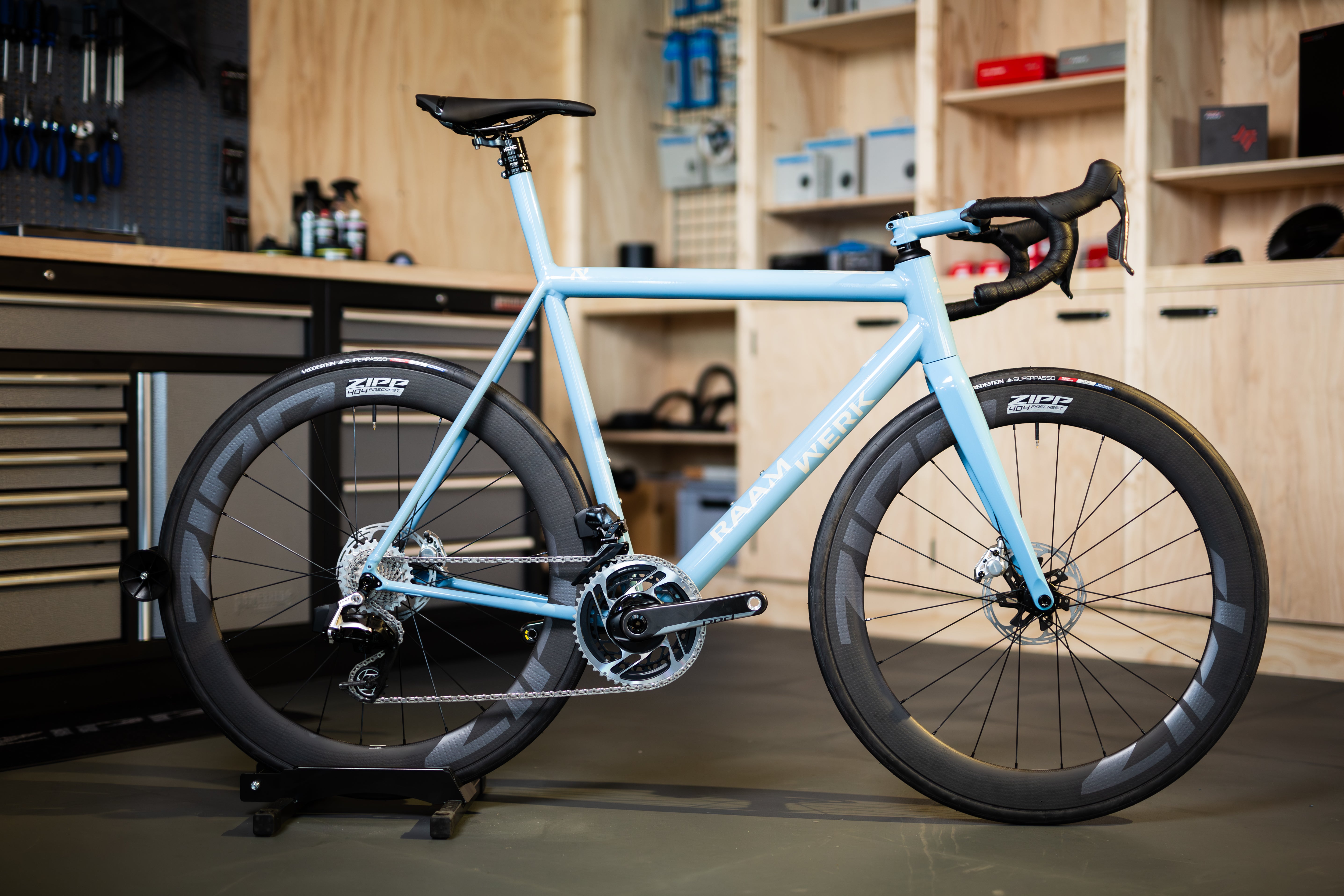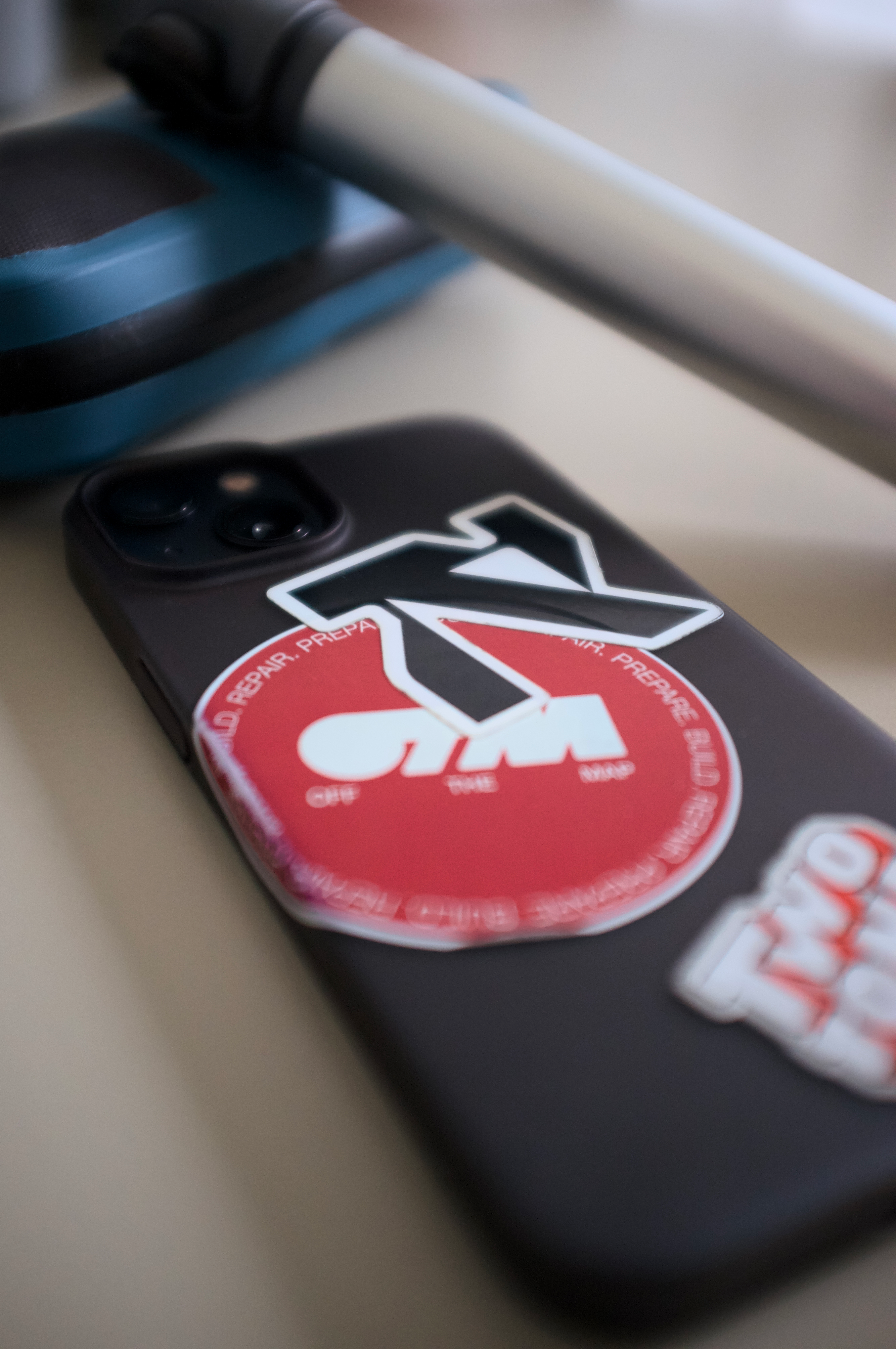Do we have to go into the details why maintenance is so important for a smooth and great day in the saddle? We didn't think so either, however we still see a lot of awesome bikes riding around not properly maintained and that hurts our feelings slightly. Not only us but probably your mechanic as well, may be he won't say it out loud to you, but those high servicing bills are definitely a red flag in that relationship. So there it is, we said it.
For your Raamwerk however the case is very different. Maintenance is peanuts or however it doesn't come with those high servicing bills.
To make it even easier make sure to get the list below as a standard of maintenance for your bike to keep your relationship with the mechanic at a surplus level.
What should be part of your standard toolkit;
1. Torque wrench
2. Chain wear indicator
After ride;
1. Give your bike a good cleanse get rid of all the dirt that gathered on the chainstays, downtube or in the front fork and all those other nasty places like under the saddle. Getting rid of this dirt makes it easier for all parts to dry properly, the collected dirt also holds the water that you collected during the ride. This water is the worst enemy for a well-working bike. So cleanse the bike and make sure it can dry properly.
2. Did your bike make some new noises or something felt loose during the ride, see if you can see what caused it. Something that is meant to move, try lubing it a bit. Maybe it makes it runs smoother. Is it something that isn't supposed to move, try to fasten it and see if the noises are still present.
Especially the moving object of your bikes has bearings in them, on most modern bikes there is made use of industrial bearings. These bearing has the great benefit of that play on the bearing is minimised, however you have to take care that parts are properly mounted. To mount parts properly it is wise to have a torque wrench as part of your tool kit.
Every 500k
Depending on how much you ride in a month, but is wise to check these things regularly.
- Check if the brakes work properly
- Even when riding fast is all the fun, braking as quick as possible makes sure it is safe to ride fast on the bike.
- Check your drive train
- Is you chain worn out or is it still within limits. You can check this with a chain wear indicator. There are also methods to check it with a ruler if you don't have a chain wear indicator.
- Check your cassette and chainrings as well on wear. You can check this best visually, by seeing if the tooths on the cassette are still intact. If your drivetrain is making more noise during the ride, this can be a sign of a worn out cassette or chainring.
- Check if your crank is still mounted properly and is spinning freely, this is best to be test is the chain is removed from the chainrings. The bearings of the crank should run smoothly to make sure you don't have to put down extra high power numbers to overcome the internal resistance of the bearings.
- Check your wheels
- Check the axle nuts of your wheels, depending on the bike you are riding you have a quick release axle (for rim brakes) or a thru-axle (for disc brakes) It is wise to check them if they are still fixed, but while you are at it, you can check your wheel bearings directly, feel if the bearings still run smoothly whilst turning the wheel freely. You should feel this during the ride as well, however as the bearing can degrade gradually there is a chance you won't noticing it during the ride.
- Check your tires for rips or little holes from the small stones. See if the tire is strong enough still and see if the profile of the tires is still intact.
- Some nuts and bolts
- Check the bolts and nuts on the bike, to see if they came loose. During a ride it can be that nuts and bolts come loose caused by the vibrations of the bike on the road.







